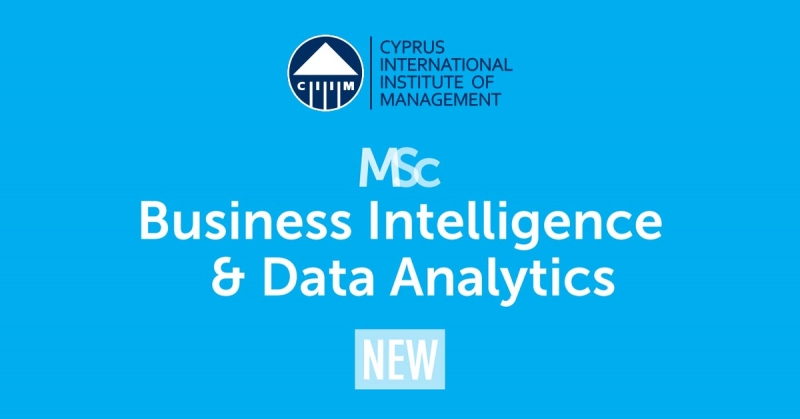Around 1980s-1990s, Information Technology (IT) Systems transformed every manual operational and business bank process to a digital one, reducing in this away unnecessary costs and improving upon efficiency and speed. Today, the Financial Services Industry is undergoing a major transformation driven by big data technologies and predictive analytics, moving towards a formal, critical and data-driven decision making approach and shifting away from empirical and ad-hoc procedures. According to Toos Daruvala, director in McKinsey’s New York office, “Every single major decision to drive revenue, to control costs, or to mitigate risks can be infused with data and analytics”.
The adoption of new technologies such as cloud computing, mobile technologies, mobile applications, wearable devices, Internet-of-Things, Social Networks led to a massive grow of the overall available data. These mounds of data, if mined in a proper scientific way they might reveal very useful insights, patterns and correlations that could potentially increase revenues, improve the efficiency, reduce the costs and guarantee the sustainability of enterprises and organizations.
Today, the development of big data storage and processing technologies, such as Hadoop and Apache Spark, allows banks to store, process and analyze data from multiple sources, structured and unstructured, that arrive at different formats and speeds. Thus, financial services are equipped with the necessary tools to answer very complex questions from the data they store. Data are available from social media activity, mobile interactions, server logs, real-time market feeds, customer service records, geolocation data, transaction details, existing databases and many other sources.
Below we refer to several applications of data science in financial services sector and especially in banking:
- Improved Customer Insights & Customer Acquisition: Clustering techniques can be used to identify clusters of customers representing different behaviors and interactions and thus being in position to offer customized services to the customers based on their real needs. In addition, sentiment analysis or natural-language processing techniques can be applied to social media data, such as Tweets, in order to identify pros and cons of an enterprise and at the same time identify those people that can promote and those that have negative opinion about an enterprise. In this way, banks and financial services can provide customized product offerings and services, improve existing relationships with customers and design better marketing campaigns.
- Automated Risk Credit Management: One of the major sectors that have seen unprecedented new solutions leveraging big data is lending and credit scoring. Clustering and classification techniques can be applied in order to compute probabilistic models that would allow an enterprise to identify the credibility of a customer requesting a loan.
- Maintaining regulatory compliance: Capabilities of descriptive analytics applied on data at large scale lead to better compliance against internal policies and local or international regulations, especially with regulations related to Know Your Customer (KYC) and Anti-Money Laundering (AML).
- Combating cybercrime and fraud: Predictive analytics techniques can be applied in order to identify money laundering practices, fraud possibilities in online banking that is a result of malicious activities such as social engineering, phishing and malware attacks.
In order to make sense of those mounds of data, enterprises are turning to data scientists who are experts capable of getting the right answers out of huge amounts of data. Data scientists are the new weapons of the financial sector that drive innovation and automation, transforming the industry and reinventing practically every facet of banking. These people are tech-savvy business professionals with unique skills and knowledge in statistics, machine learning, artificial intelligence, computer science – especially programming and databases, data management, business intelligence and many others. Among the responsibilities of a data scientist is empowering management and officers to make informed and potentially better decisions, direct the actions based on trends which in turn help in goals definition, promote best practices in the fields of business intelligence and data governance, transform the decision making capability into a quantifiable data driven procedure, quantification and redefinition of the enterprise’s strategy and deployment of analytics models within the enterprise’s pipeline. It is considered among the top jobs in demand for the 21st century.
What CIIM has to offer
CIIM’s MSc in Business Intelligence and Data Analytics is a unique and innovative-by-design postgraduate degree that combines both managerial and technical aspects around the data science field and it is designed to equip the candidates with the necessary knowledge and a diverse set of skills required throughout the data analytics life-cycle. This skill-set includes business data requirements, data acquisition and integration, data storage, data processing, data analysis, insights derivation, and ultimately, the business deployment of derived insights in a meaningful and successful manner. If you are interested, you can apply here.
About the Author
Dr Theodosis Mourouzis
Programme Director of MSc in Business Intelligence and Data Analytics
CIIM – Cyprus International Institute of Management
[email protected]


